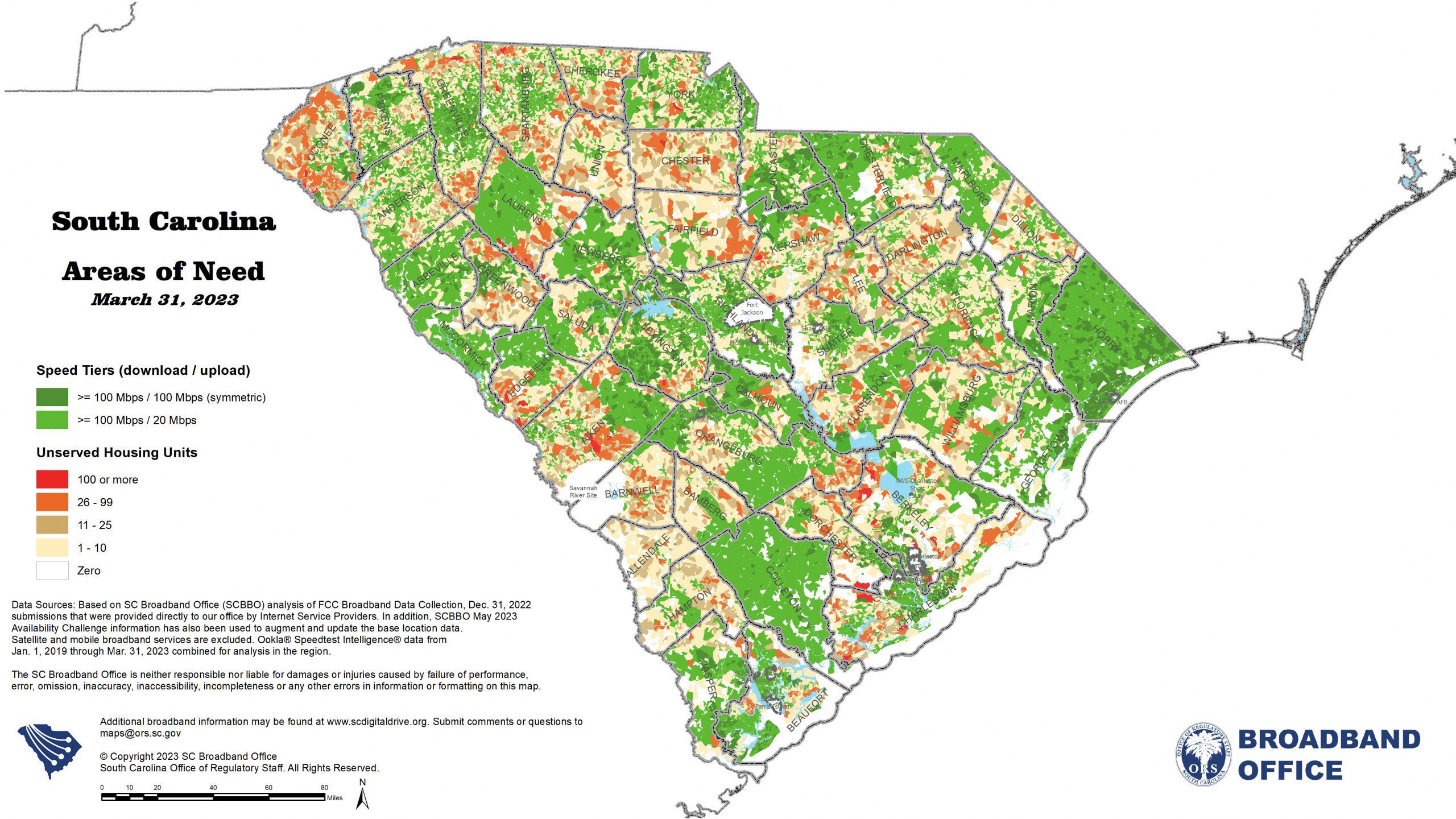Mapping a Solution to the Digital Divide

Accurate broadband maps are critical to ensuring millions of taxpayer dollars are used effectively to close the digital divide.
Without accurate maps, government entities risk spending money where broadband already exists and, in turn, leaving behind unserved households.
What is Contributing to the Digital Divide?
The Federal Communications Commission’s (FCC) broadband maps have historically been inaccurate and outdated because they relied on census-block level data. In early editions of the map, if just one business or residence in the entire block population has access to broadband, the entire census block could be categorized as “served,” and ineligible for infrastructure funding. In short, collections of homes and businesses of more than 2,000 people could be forced to go without broadband access because of a loophole in the federal mapping process.
Identifying the Underserved Communities
That’s why in 2019, HTC and the other members of the South Carolina Telecommunications and Broadband Association (SCTBA) partnered to create broadband statewide maps. These maps provide a more accurate, up-to-date depiction of broadband accessibility in the state. Additionally, they highlight the best available technologies across the state, as well as population densities in areas that lack access or areas of need. As a result, these maps created the foundation for what is now the South Carolina Broadband Office’s (SCBO) mapping process.
Twice each year, all internet service providers (ISPs) in South Carolina submit their location-specific network and subscriber data to the South Carolina Broadband Office (SCBO). This data is then populated into aggregate maps. They don’t just take ISPs’ word for it, either.
They also collect subscriber data through the “I Need Internet” survey and from Ookla speed tests. These maps are then used to help direct where to make broadband infrastructure investments. They also publish these maps, along with additional data, to the SC Digital Drive, as resources for providers, consumers and other stakeholders.

Narrowing the Gap
In March 2020, Congress passed the Broadband DATA Act, which kicked off a process to reform and improve the FCC’s broadband maps. Under these new rules, the FCC publishes a list of what they consider ‘broadband serviceable locations,’ or BSLs. Providers must report to the FCC which locations they serve, and which type of technology and speed they deliver to those locations. This is a much more tedious process for ISPs, but the hope is this will eventually result in more accurate national maps.
While still a work in progress, it’s important for states to have the flexibility to utilize their own, localized data, similar to how the SCBO has, to make decisions on how to spend future funding from the Broadband Equity Access and Deployment (BEAD) program.
Without that flexibility, we risk repeating history. But this time, billions of dollars are at risk.
